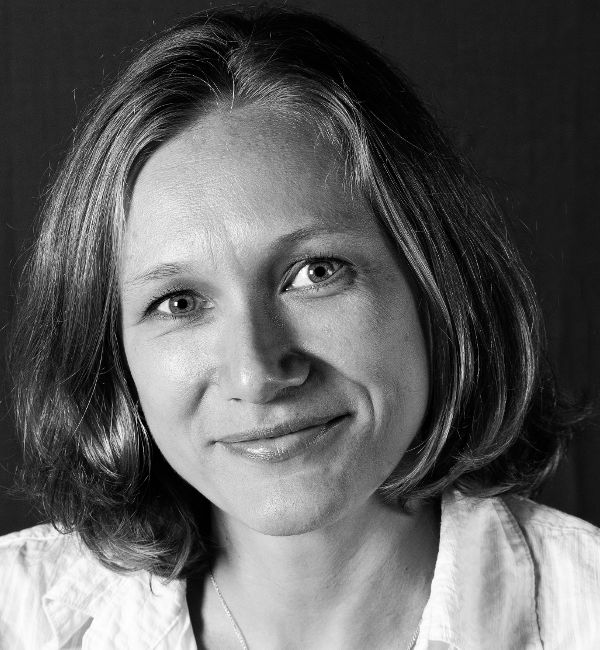
Climate change is driven primarily by anthropogenic emissions of greenhouse gases, chief among them carbon dioxide and methane. The two most fundamental challenges in carbon cycle science are to develop approaches (1) to quantify human emissions of greenhouse gases at scales ranging from the individual to the globe and from hours to decades, and (2) to anticipate how the “natural” (e.g. oceans, land) components of the carbon cycle will act to mitigate or to amplify the impact of human emissions. Developing science that addresses decision maker needs lies at the core of both challenges. Spatiotemporal variability in observations of atmospheric concentrations of greenhouse gases can be used to tackle both challenges, because the atmosphere preserves signatures of emissions and uptake (a.k.a. fluxes) of greenhouse gases at the earth’s surface. Information about these fluxes can be recovered through the solution of an inverse problem by coupling atmospheric observations with a model of atmospheric dynamics. This talk will give an overview of the use of inverse problems in carbon cycle science, as well as discuss methodological challenges associated with a shift from focusing on simple quantification of fluxes to mechanistic attribution of inferred spatiotemporal flux variability.
Chair: Gitta Kutyniok (Technische Universität Berlin)
Tue 05 June at 11:00 Aula Magna (Santa Lucia, floor 0)